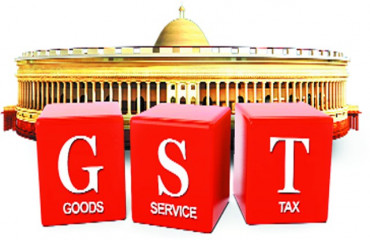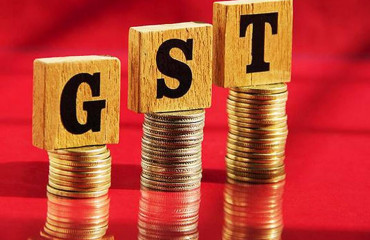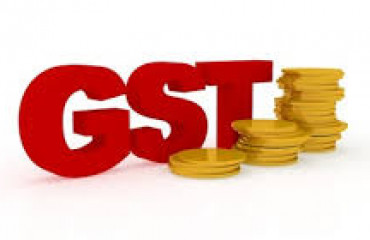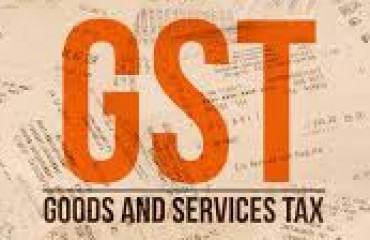
- 18 Nov 2025 06:23 PM
- New
Sensex could scale 1,07,000 by Dec 2026 in bull-case scenario after worst show vs EMs in 31 years, says Morgan Stanley
In the bull case, Morgan Stanley has pegged the Sensex target at 1,07,000, assuming oil stays below $65 per barrel, reflation policies deliver stronger growth, and global trade tensions ease with tariff reversals. Earnings growth is expected to compound at 19% annually over FY25–28.
Read More
- 18 Nov 2025 06:09 PM
- New
With IPO filings at a decade's high, calendar 2025 may end a record year by monies raised
Mumbai: A decade-high number of filings for initial public offers, or IPOs, in 2025 has brought India within sighting distance of the highest ever amount of money raised in such share sales in a single year, data analysed by Mint showed.
Read More
- 18 Nov 2025 05:55 PM
- New
GST cuts to boost urban demand, especially for packaged food: Marico CEO
NEW DELHI : Homegrown fast-moving consumer goods (FMCG) major Marico Ltd expects India's urban demand, especially in categories such as packaged foods, to perk up in the coming quarters aided by tailwinds from the recently-cut goods and services tax rates. This sets up a more stable outlook for the company after a quarter marked by input cost rise and tax-related disruption.
Read More
- 17 Nov 2025 06:32 PM
How freelancers can avoid losing up to 7% of income from global clients
NEW DELHI : How to receive payments from global clients without losing a significant portion to conversion and transfer charges remains a constant dilemma for freelance tech writer Tushar Mehta.
Read More
- 17 Nov 2025 06:35 PM
Hero Moto’s Q2 comeback puts it back in the race
It is pouring earnings upgrades for Hero Motocorp Ltd, following its decent September quarter (Q2FY26) earnings performance.
Read More
- 17 Nov 2025 06:38 PM
Maruti Suzuki Dzire beats SUVs in October. What propelled it to defy trend?
Maruti Suzuki Dzire has raked in the benefit of GST rate cuts, festive discounts and the overall appealing product proposition of the new generation model.
Read More
- 17 Nov 2025 06:25 PM
Clouds of uncertainty promise no relief but it’s the silver linings that matter—especially to India
Hope springs eternal in the midst of despair, be it the global economy or Indian. But before we come to the encouraging bits, the bad news first. A new study released by the International Monetary Fund (IMF) shows that its World Uncertainty Index has doubled from its January level.
Read More
- 17 Nov 2025 06:28 PM
FMCG volume growth moderates amid GST transition in September quarter, value up 12.9%: NielsenIQ
New Delhi: India’s fast-moving consumer goods (FMCG) sector reported a 5.4% rise in September-quarter volumes, which moderated sequentially on account of the transition to new goods and services tax rates, while the value of sales jumped 12.9%, according to data released by consumer intelligence platform NielsenIQ.
Read More
- 15 Nov 2025 06:25 PM
₹645 Crore ITC Scam Cracked After Discovery of Extensive Fake-Invoice Network
In a major enforcement breakthrough, the Directorate General of GST Intelligence (DGGI), Delhi Zonal Unit, has busted a large-scale racket involving fraudulent availment and passing of Input Tax Credit (ITC) worth approx. ₹645 crore. The fraud was executed through an intricate web of 229 dummy GST-registered firms, allegedly controlled by a Delhi-based syndicate.
Read More
- 15 Nov 2025 06:21 PM
Tata Motors says no to softer emission rules for small cars, flags safety risks
A proposal put forth by the Bureau of Energy Efficiency, which oversees the norms, outlined lenient emission reduction targets for cars weighing less than 909 kg. Most carmakers besides Maruti Suzuki and Toyota opposed this.
Read More